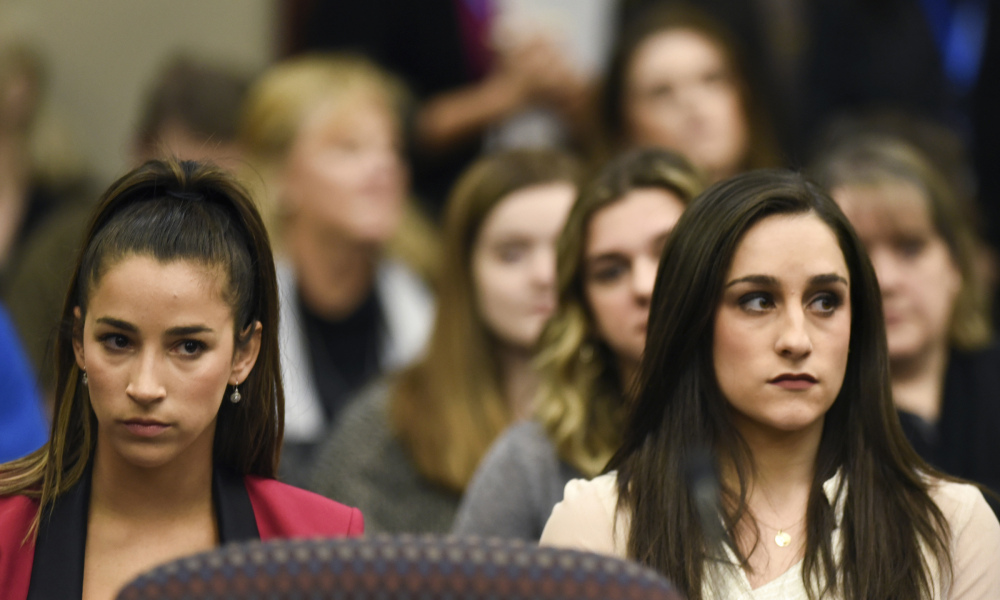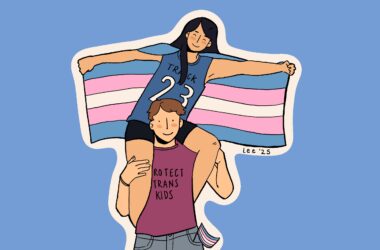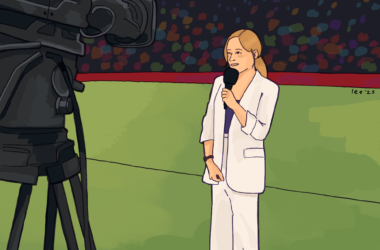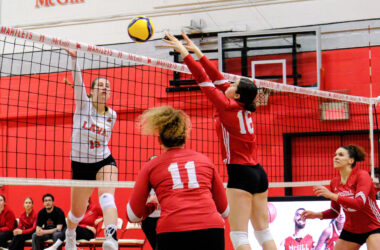On Jan. 24, 2018, Dr. Lawrence Nassar, a former United States gymnastics team physician, was sentenced to 40 to 175 years in a Michigan state prison for sexual abuse. One hundred fifty-six women testified against Nassar, recalling how he had abused his position for decades to sexually harass and assault young female athletes. The case highlighted the institutionalized separation between American Olympic athletes and the United States Olympic Committee (USOC), the organization that oversees U.S. Olympic competition. To meaningfully address this, as well as the financial challenges that the athletes face, the Athletes’ Advisory Council (AAC) met to consider a solution: Unionization.
Donald Fehr attended the meeting between the AAC and the newly-hired CEO of the USOC, Sarah Hirshland, underlining the seriousness of the issue at hand. Fehr is the former Executive Director of the MLB Players’ Association and current Executive Director of the NHL Players’ Association. With his career’s worth of experience in the field, Fehr joined the AAC’s side of the table to help secure greater power for U.S Olympic athletes in negotiating with their Olympic committee.
Beyond addressing the many physical and legal concerns athletes may have, the call for unionization also seeks to resolve long-standing concerns surrounding athletes’ compensation and quality of life. In 2014, NBC paid $7.75 billion to secure American television broadcasting rights for all Olympic programming through 2032. Meanwhile, the U.S. Olympic athletes who generate the revenue are not earning dependable incomes; they are forced to rely on performance-based stipends from preliminary events and cash prizes from their home countries. The U.S. award bonuses fall well below those of countries like Singapore, Russia, and France and help only a few fortunate athletes—often those who are already benefiting from hefty endorsement deals. As such, most U.S. Olympic athletes struggle to cover expenses, forcing them to resort to part-time jobs, crowdfunding, or ending their Olympic careers early.
Throughout American history, labour has evened financial imbalances through the collective bargaining power of unions; for Olympic athletes, it could do the same. A scathing article in the Washington Post exposed how in 2016, the non-profit USOC had 129 employees make over six figures, 14 of whom took home salaries above $200,000, with the top paycheque peaking at $1 million. If U.S. Olympians collectivized as a singular bargaining body, their action could help ensure that revenues are more evenly distributed from the USOC to athletes. The credible threat of an Olympic Games boycott—not unlike lockouts in other professional sports—could prove greatly effectual, especially with the pressure an already-contracted NBC would put on preventing such an outcome.
Nevertheless, it remains challenging for Olympic athletes to unionize. With so few chances to compete, athletes have limited power against the USOC: Speaking out can cost athletes their spots on the Olympic team. Furthermore, athletes are usually not treated as actual employees, but instead as individual contractors, leading to further isolation and difficulty in unionizing.
After the Chicago meeting, Hirshland promised that the USOC will work to fix the current system. While Hirshland should be given a fair opportunity in her new position to keep this promise, she should also support immediate steps toward unionization. A healthy athletes’ union serves all who wish to see Olympic athletes at their best. Hirshland, the USOC, and Olympic athletes should go all in to make it happen.








